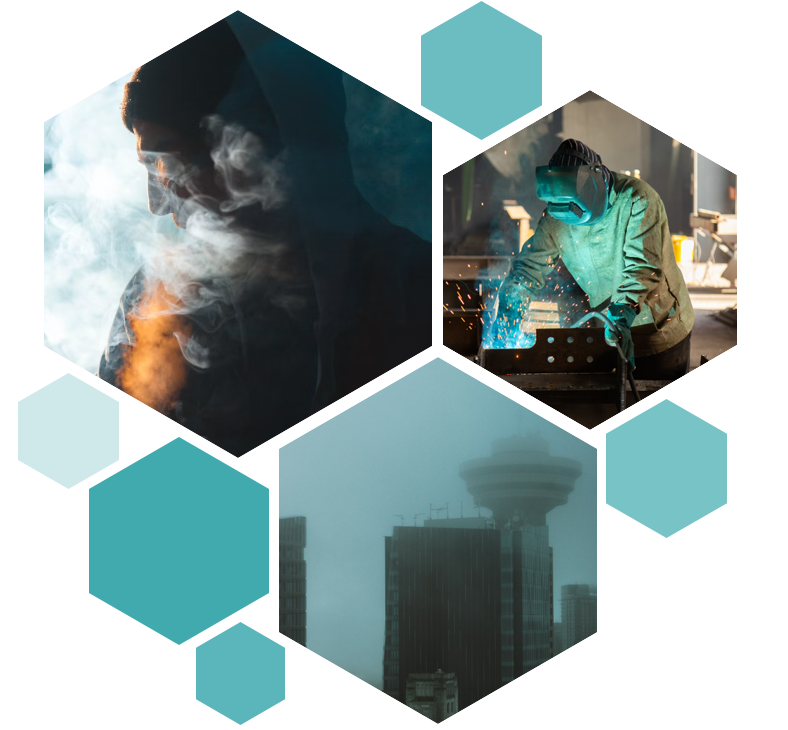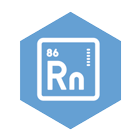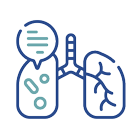What are the risk factors of lung cancer?
Learn more about the details of the various risk factors of lung cancer below.

Smoking and exposure to second-hand smoke
Smoking cigarettes and the use of other tobacco products like pipe and cigar smoking is the biggest risk factor for developing lung cancer. The more you smoke each day and the greater the number of years you smoke for, the greater your risk. The risk of developing lung cancer is about the same even if you smoke low-tar, ‘light’ or menthol cigarettes. This is because tobacco smoke contains thousands of different chemicals that are known to be harmful to humans and animals, and more than 70 of them are known to cause cancer.
People who breathe in second-hand smoke (also known as ‘passive smoking’) – for example, someone does not smoke but they live with or spend a lot of time with a smoker – are also at increased risk. The effects of breathing in smoke from someone else’s cigarette, pipe or cigar are the same as if you were smoking it yourself.
Stopping smoking or reducing the amount of tobacco you use is the best thing that you can do to improve the health of your lungs and those of the people around you. If you actively use tobacco and want to get help to stop smoking (also known as ‘smoking cessation’), talk to your doctor about how to do this. There may be one-to-one or group support sessions that you can access. You may also be offered the chance to try using nicotine replacement products or a medicine that can help people stop smoking by reducing cravings and other withdrawal effects.
Air pollution
People who live in areas with higher levels of air pollution, such as in big cities, are at increased risk of cancer. Similarly to the increased risk of people who are exposed to high levels of diesel exhaust fumes, people are at greater risk if they live and work near major roads. High levels of coal smoke in air also increase a person’s risk.
Exposure to environmental chemicals

Exposure to radon
Radon is a naturally occurring gas that can be found in soil, rocks and water that eventually gets into the air we breathe. The amounts in air outdoors are usually low, but it can get into buildings like homes and workplaces, and build up to higher levels indoors. Over time, this means that people who live or work in these buildings breathe in high levels of radon. This can cause lung cancer if it happens over a long time period, particularly if a person also uses tobacco.

Exposure to asbestos
Asbestos is a naturally occurring mineral that forms fibres. Because material made of these fibres is strong and resistant to heat and chemicals, it was used in the building trade and other industries (including mines, mills and shipyards). People who worked with asbestos over a long time period are at increased risk, particularly if they are past or current tobacco users.

Exposure to arsenic
Arsenic is a naturally occurring element that is found in rocks and soil, water, air, plants and animals. People can be exposed to it in drinking water (so levels are usually monitored by authorities) and the food they eat, although this is usually at low levels. Some people may have been exposed to higher levels at work, particularly if they worked in metal production, or the production or use of pesticides or wood preservatives. People who have been exposed to higher levels of arsenic are at greater risk of lung cancer if they are past or current tobacco users.
Exposure to other workplace chemicals
People who are exposed to high levels of other chemicals are at increased risk of developing lung cancer, particularly if they are past or current tobacco users. These other chemicals include the following.
Other personal risk factors

Family history
If close family members (blood relatives including parents, siblings and children) have had lung cancer, you are at increased risk of developing it yourself. It is not yet clear whether this is because of genetic (inherited) factors, sharing a household (so people are exposed to the same risk factors in their environment) or a combination of the two.

Age
Lung cancer is more common in older people (aged 75 years and over). Young people (aged under 40 years) are at low risk but it does not mean that they will not develop lung cancer.

Previous radiation therapy
People who have survived a previous cancer and who had radiotherapy treatment to the chest are at increased risk of lung cancer, particularly if they are past or current tobacco users. This includes people who have received treatment for testicular cancer that has spread, Hodgkin disease, lymphoma and women who had breast cancer who had radiotherapy treatment after a mastectomy. Although the risk of lung cancer is increased, the benefits of treating the previous cancer are much greater than the risk of developing future lung cancer.

Related diseases
Having or having had the following can increase your risk of lung cancer.
- Pneumonia
- Widespread pulmonary fibrosis
- Chronic obstructive pulmonary disease (COPD)
- Cancer of the stomach, bladder, kidney, pancreas, cervix, head or neck
- Previous lung cancer
- Lymphoma
- Acute myeloid leukaemia
- Having lowered immunity because of illness or treatment (for example, if you have taken immunosuppressant medicines after an organ transplant)
This may not be because they cause lung cancer. They may increase the chance of lung cancer developing (for example, if a person has a weakened immune system), or lung cancer may be misdiagnosed as a different lung condition or picked up because someone has been diagnosed with a different condition that affects the lung.
